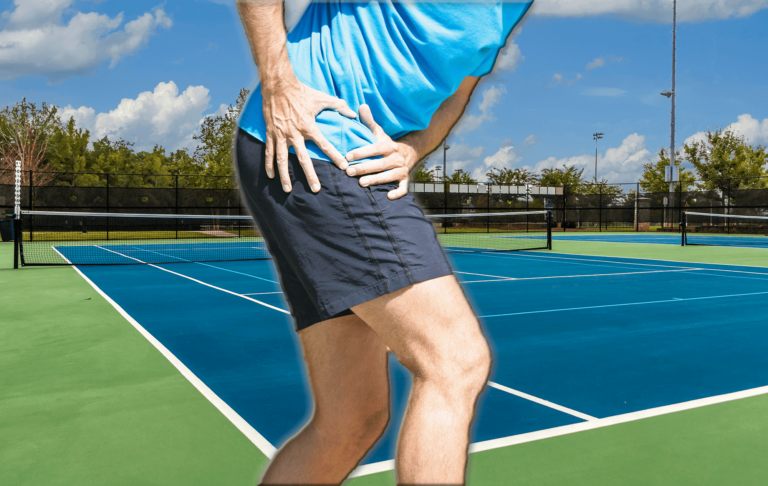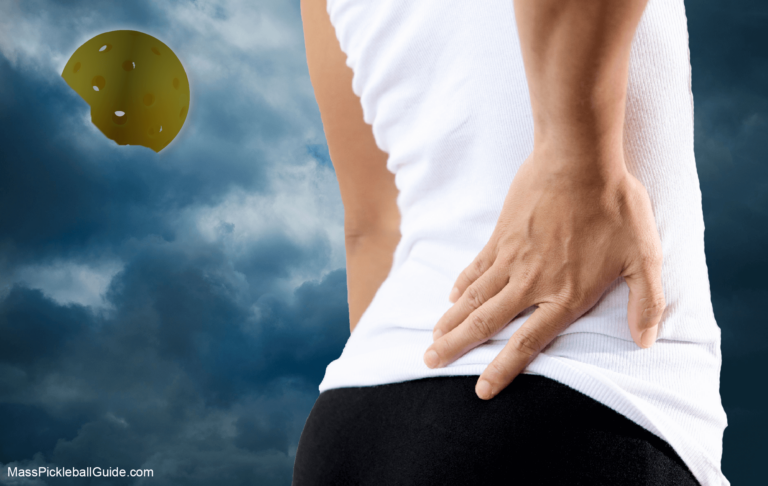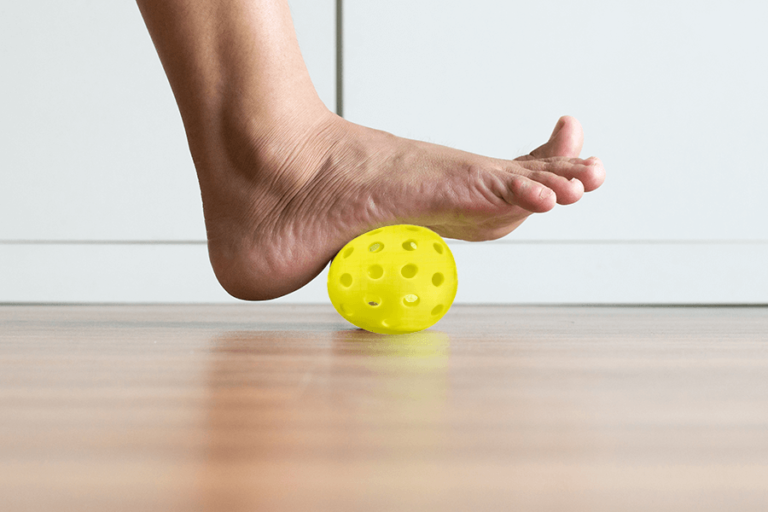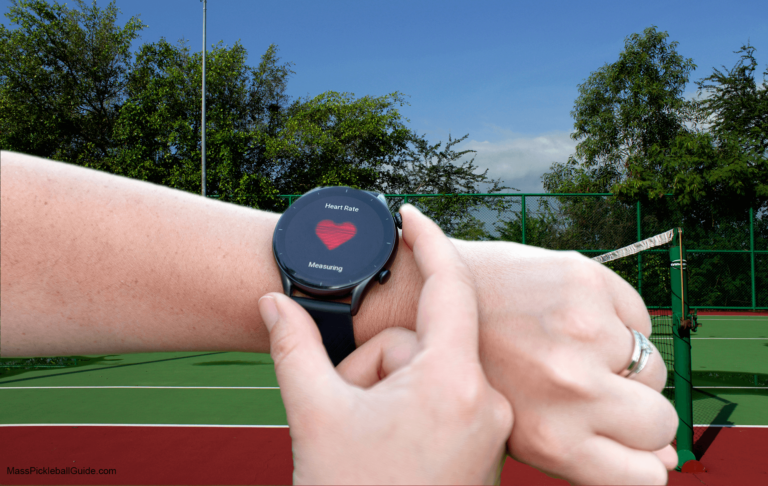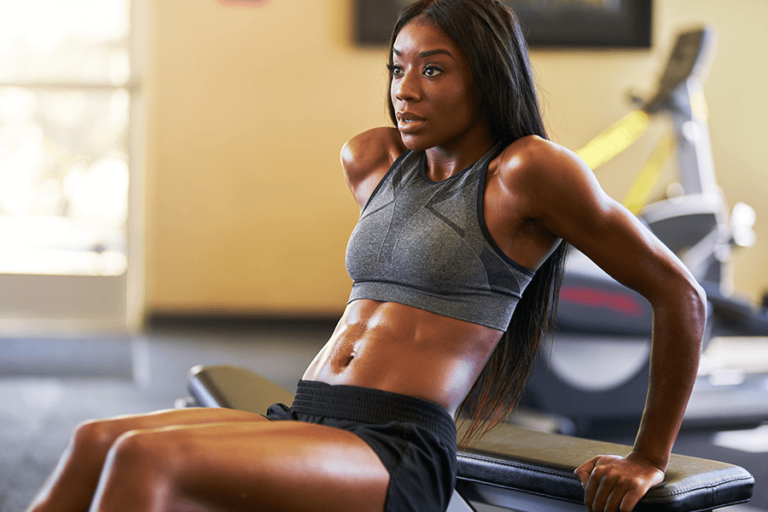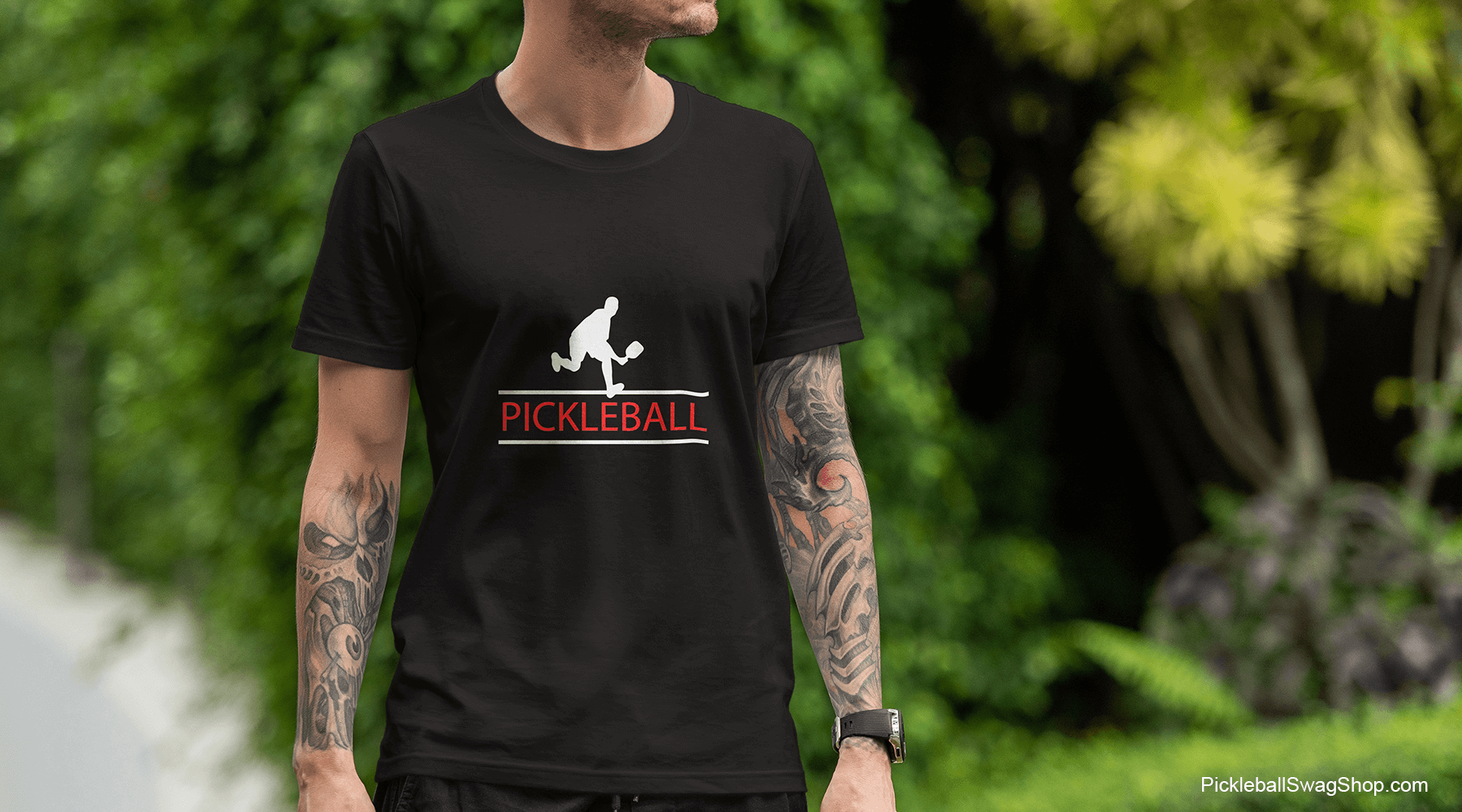Pickleball vs. Tennis: surprising impact on your knees!
not a lost cause – play pain free
If you’re a sports enthusiast or someone who enjoys a bit of casual physical activity, chances are you’ve heard about pickleball.
Growing increasingly popular, many questions have been raised about the physical demands of the sport – particularly, how pickleball impacts our knees. Does playing pickleball lead to knee pain more frequently than tennis? And importantly, can you still play the game if you’ve had knee replacement surgery?
Keep this in mind: This is not an age thing!
You can have knee concerns at any age; young soccer players have knee concerns during each game, guys in their twenty’s playing adult basketball on Friday nights, etc. Knee pain and stress can happen at any age, and it can flip like a switch within seconds!
Comparing Pickleball and Tennis: The Impact on Your Knees
Pickleball, while less intense than tennis, isn’t necessarily easier on your knees. The quick lateral movements and frequent starting and stopping required can potentially strain your knees. Although tennis involves more running, the movements in pickleball can lead to similar or even higher incidences of knee injuries if precautions are not taken.
Both tennis and pickleball involve movements that can cause wear and tear on the knee joints over time at any age. The effect of either sport on knee health varies depending on factors such as your fitness level, technique (e.g., improper swing, etc.), and the prevention measures you employ.
Can Pickleball Cause Knee Problems?
While pickleball is a fantastic sport with numerous health benefits, it’s worth considering that, like any physical activity, it carries the risk of injury, including to the knees. While this doesn’t mean you should avoid the sport, it’s essential to understand the potential issues to take preventive measures.
See: 5 Common Pickleball Injuries in 2023 and How to Avoid Them
Yes, pickleball’s unique movements can contribute to knee issues and may lead be very bad pain. Pickleball, players engage in quick, lateral movements, sudden stops, and rapid changes in direction. This kind of activity places stress on the knees, which can over time lead to a variety of knee problems.
In greater detail, some common knee issues that can arise from playing pickleball:
- Patellar Tendinitis: The constant, rapid movements of pickleball can put a strain on your patellar tendon, which connects your kneecap to your shinbone. This can result in inflammation and pain, a condition known as patellar tendinitis. This is also called “jumper’s knee.”
- Meniscus Tears: The meniscus, a piece of cartilage that acts as a shock absorber between your shinbone and thighbone, can become torn due to the twisting movements often required in pickleball. We are only given two meniscus (one for each knee) and once it tears and/or is worn there is no way to regenerate.
- Osteoarthritis: Although not directly caused by pickleball, the sport could potentially exacerbate symptoms if you already have osteoarthritis. The repetitive stress on the knee joint could lead to pain and swelling.
Remember this: Most sports carry some risk of injury. With the right preparation, technique, and equipment, many of these issues can be effectively managed or even prevented. The more you know about pickleball’s impact on your knees the better you will be able to prevent any stress or pain.
Tips for Preventing Knee Injuries in Pickleball
We all think pickleball is fun, but the risk of knee injury doesn’t need to be a game changer. You should not have to worry about the next time you pivot and sprint to the kitchen (zone). Here are some practical tips to help you prevent pickleball knee injuries:
- Strength training: Strengthening your leg muscles, especially the quadriceps and hamstrings, can provide more support to your knees.
- Proper footwear: Shoes designed for pickleball provide the necessary support and cushioning to help reduce the impact on your knees.
- Adequate warm-up and cool-down: This can help prepare your muscles and joints for physical activity, reducing the risk of injury.
The Best Home Remedies for Pickleball Knee Pain
Whether you’re a seasoned player or new to the pickleball court, occasional knee pain is almost inevitable. If you find yourself dealing with discomfort after a spirited game, these home remedies can help you manage and alleviate pickleball knee pain:
- Rest: One of the most effective remedies is also the simplest: rest. This allows your body to naturally heal itself. If you’re experiencing knee pain after pickleball, give your body time to recover before heading out to the court – your friends will undersatnd.
- Ice: Applying an ice pack to the affected knee can help reduce inflammation and numb the area. Wrap the ice pack in a thin cloth to avoid direct contact with your skin.
- Compression: Wearing a compression bandage can provide support and reduce swelling. Do not wrap it too tightly, as this can hinder blood flow.
- Elevation: Prop your leg up on a pillow to promote circulation and help reduce swelling.
- Over-the-Counter Pain Relievers: Non-prescription pain relievers, like ibuprofen, can be effective in managing pain and reducing inflammation.
- Topical Pain Relievers: Creams, gels, or patches that contain ingredients like menthol or capsaicin can help alleviate knee pain when applied directly to the skin.
- Gentle Exercise and Stretching: Certain low-impact exercises and stretches can help strengthen the muscles around your knee, offering more support and reducing pain over time.
Remember, these remedies are for managing minor pain at home. If your knee pain is severe, persistent, or accompanied by other symptoms, such as a fever or intense swelling, seek medical attention immediately. And always consult with your doctor before beginning any new treatment for knee pain.
Feel Good Knees System: Pros and Cons for Rapid Pain Relief
Dealing with knee pain can significantly impact your daily life and hinder your mobility. The Feel Good Knees System claims to offer rapid pain relief and improve knee health. Here are the pros and cons of using the Feel Good Knees System to help you make an informed decision.
Pros
Cons
This is a natural, convenient, and customizable approach to knee pain relief. It aims to strengthen the knee and improve overall knee health.
Strategies for Players With Bad Knees
Bad knees shouldn’t stop you from enjoying a great pickleball game. Here are a few strategies that can help:
- Knee braces or sleeves: These can offer added support and alleviate pain during play.
- Physical therapy: Regular sessions can help you improve your strength, flexibility, and balance, which can reduce knee pain.
- Pacing yourself: Taking regular breaks during play can help prevent overexertion and reduce the strain on your knees.
Is Pickleball Good for Bad Knees?
Despite the risks outlined, pickleball can still be a beneficial sport for individuals with bad knees. It is a relatively low-impact option for staying active and has many other health benefits as well. It can help improve your strength, balance, and flexibility when done correctly.
Playing Pickleball After a Knee Replacement
If you’ve gone through knee replacement surgery, you might be wondering if it’s safe to return or start to playing pickleball. [We have to say – check with your doctor first.] Many players have successfully returned to pickleball after knee replacement surgery, but it is imperative to get the go-ahead from your healthcare provider. Playing too soon could put unnecessary strain on your knee(s) and delay recovery.
And worse: It can further exasperate symptoms that may be irreversible. One step at a time.
In conclusion, while pickleball poses certain risks to knee health, it also offers many benefits, particularly for folks looking for a fun, social, and physically engaging activity. With proper precautions and techniques, it can be a safe and enjoyable sport for individuals of all ages and fitness levels.

